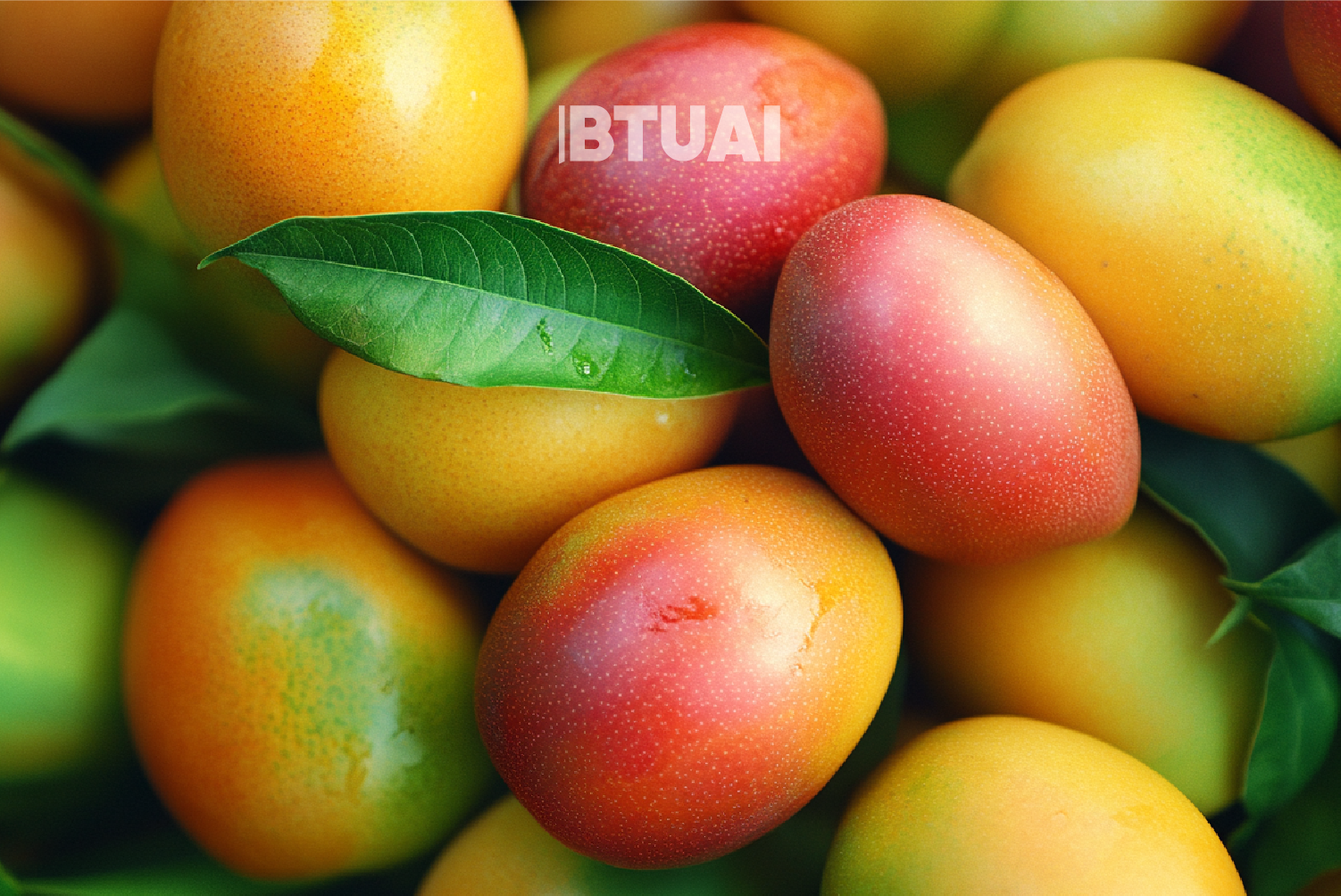Mango: Global Market Growth and Trends in Georgia
The demand for mangoes in the global market has increased significantly over the past decade. India, Mexico, and Thailand

The demand for mangoes in the global market has increased significantly over the past decade. India, Mexico, and Thailand remain the leading producers, while the United States, China, and the European Union are the largest importers. The growing interest in healthy eating and exotic fruits in Europe and Asia is driving import growth, making mangoes more accessible due to improved logistics. Their popularity has surged as consumers seek new flavors and nutritious food combinations. Additionally, advancements in transportation technology have enabled exporting countries to extend the shelf life of mangoes, making them more appealing for both everyday consumption and the food industry.
A similar trend is emerging in Georgia. In 2015, the country’s mango (and related products) imports amounted to just 113 thousand USD, whereas in 2024, this figure reached 767 thousand USD, reflecting nearly sevenfold increase. The most significant growth was recorded in 2024, with imports rising by 18% compared to the previous year (source: Geostat).
The increasing consumption of mangoes in Georgia is driven by several factors. First, local supermarket chains and importers have significantly expanded their range of tropical fruits, offering consumers more diverse choices. Second, the development of the HoReCa sector—hotels, restaurants, and cafés—has created new demand, as mangoes are widely used in cocktails, desserts, and Asian cuisine. This trend is particularly noticeable in urban areas, where changing tastes and international culinary influences are becoming stronger.
It is important to note that Georgian import statistics include not only mangoes but also fresh or dried guava and mangosteen (also known as Garcinia). These three fruits are grouped together in trade data, but they have significant differences. Mango is the most popular, known for its sweet taste and rich vitamin content. Guava is a smaller fruit often used in juices and jams, while mangosteen, originating from Southeast Asia, stands out with its soft white flesh and unique sweet-sour flavor.
Although the import surge is primarily linked to mangoes, other exotic fruits remain relatively niche in Georgia. However, market trends indicate that consumers are increasingly exploring new products. Demand is expected to rise further in the coming years, especially if the trend toward healthy eating and international culinary influences continues to grow.




